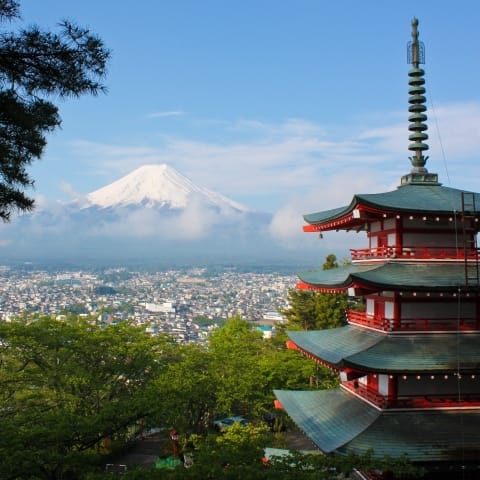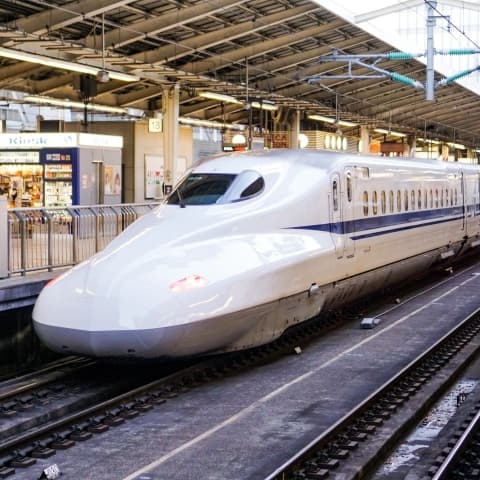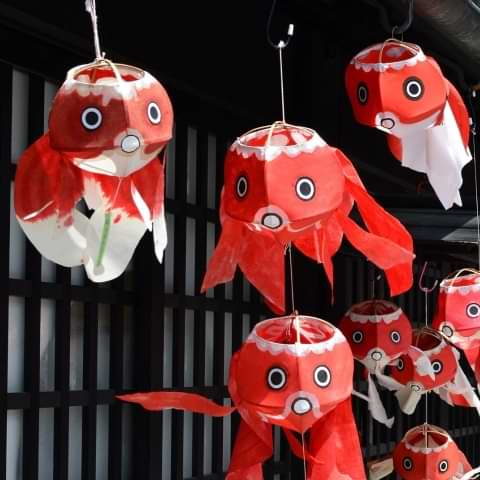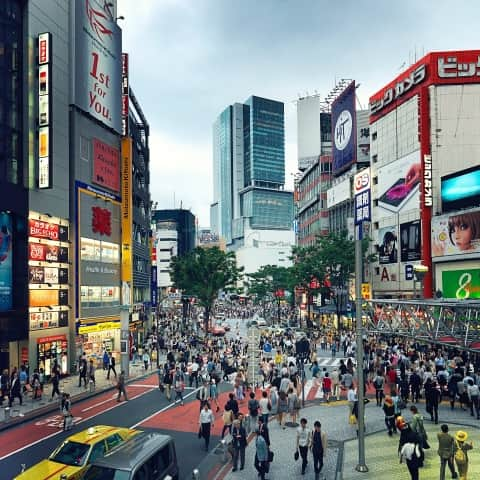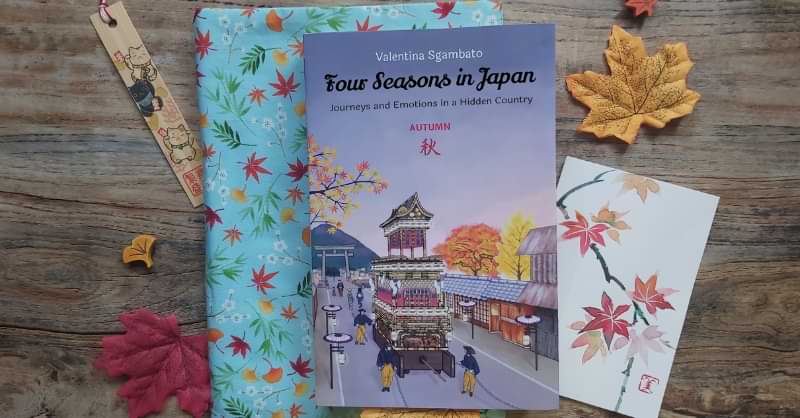Autumn: 12 Days Japan Itinerary
During this 12 days in Japan, we’ll bring you through parks, temples and shrines to see the marvelous colors of autumn, from the north of Aomori prefecture to the southern Kumamoto prefecture. The itinerary is designed to start around November 15th.
If you need suggestions on luggage management during the travel, how to book the hotels or flights, pocket Wi-Fi or travel health insurance, give a look to our itinerary page.
As a general recommendation, we always advise booking hotels near the main train stations through Trip.com or Expedia.com*, but if you have any other questions, feel free to contact us.
12 days in Japan: travel essentials
- 14 days Japan Rail Pass* (check our guide on JR Pass & Japan Railways to know more)
- Pocket Wi-Fi (with Onigiro you’ll have a 20% discount on Ninja Wi-Fi*)
- Your valid passport
- Visa (required from some countries)
- Travel health insurance (optional, to be foresight)
- Free Japan Official Travel App on your smartphone
If not differently specified, all the train connections will be covered by the Japan Rail Pass. For some extra suggestions on what to bring for your trip to Japan, give a look to our accurate list of travel essential gadgets.
Since autumn colors arrive first in the north of Japan and then in the south, we will start this itinerary by heading north immediately and then gradually heading south, all the way to Kyūshū. Since most tourists arrive in Tōkyō, we will assume that you are in the capital to begin the itinerary.
Autumn in Japan: first week
Day 1 - Morioka & Goshogawara
8:00 ~ 13:00 Morioka
As previously mentioned, assuming you are already in Tōkyō on the first day, take the Tōhoku Shinkansen (or the Akita Shinkansen which runs on the same route) from Tōkyō Central Station to Morioka Station (2 h 30 min).
Once you arrive in the city, walking a little over a kilometer to the east will take you to the Morioka-jōato, the ruins of Morioka Castle located in the Iwate-kōen Park.
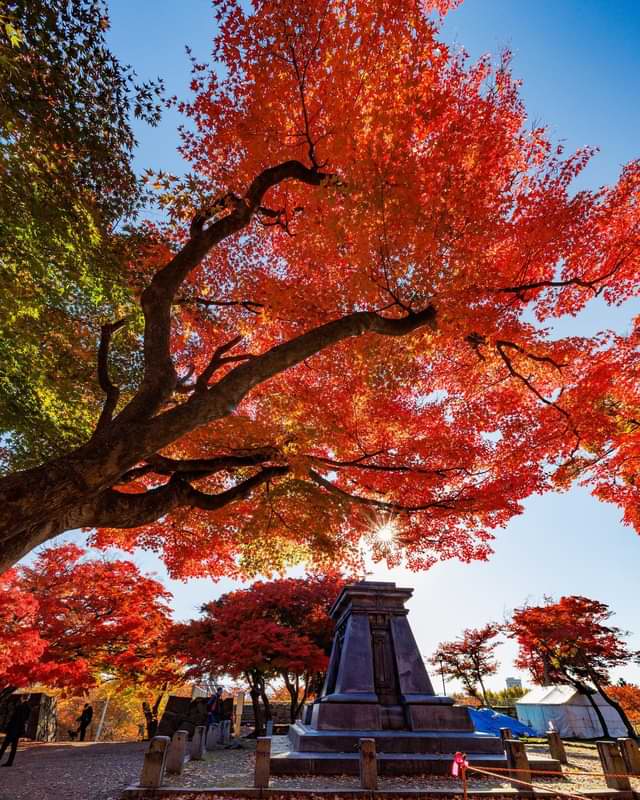
Although only the foundations of the ancient Morioka Castle remain, the park in which it is located is filled with cherry blossoms and maple trees, making it a charming place both in the spring and autumn seasons.
Just a little further north of the park, you’ll find the most famous sakura tree in Iwate Prefecture, the Ishiwari-zakura, which literally means the “Rock-Splitting Sakura“. This cherry tree is over 400 years old and has grown within a crack in a massive rock. At the time of your visit, the salmon-colored leaves should have already started falling, creating a soft carpet around the immense rock.
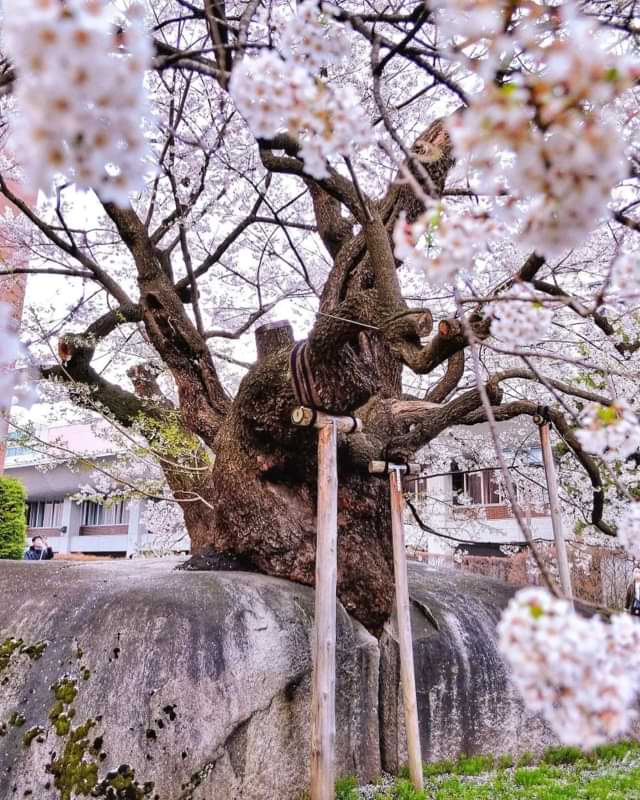
Before ending your visit to this small town, and since it’s already lunchtime, why not try one of the “Three Great Noodles of Morioka“? Morioka is famous for its Morioka Reimen, Morioka Jajamen, and Wanko Soba. You can read more about them in the local foods section of our Morioka guide.
13:00 ~ 21:00 Goshogawara
With a full stomach, it’s time to hop on the train again, heading north. From Morioka Station, take the Tōhoku Shinkansen line to Shin-Aomori Station (1 h), then transfer to the local Ōu line to Kawabe Station (30 min), and finally take the Gonō line to Goshogawara Station (30 min).
Check-in at your hotel before visiting the Tachi-neputa no yakata, the museum showcasing the typical Tōhoku summer floats used during the Tachi-neputa Matsuri in mid-August and exhibited at this museum throughout the rest of the year.
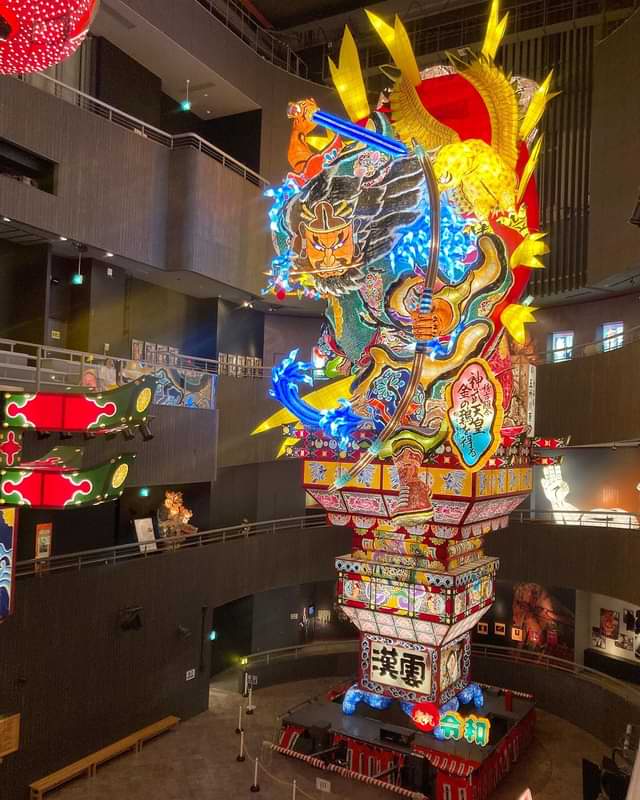
After visiting the museum, head back to the station and take the Gonō line to Kita-Kanegasawa Station (1 h). From the station, it’s just a short 500-meter walk to the immense ginkgo tree of Kita-Kanegasawa.
The golden leaves of this natural wonder are illuminated from below every November, making it a stunning sight with its 30-meter height. With an estimated age of over 1000 years, this ginkgo tree is one of the largest in Japan and was designated as a national natural monument in 2004.
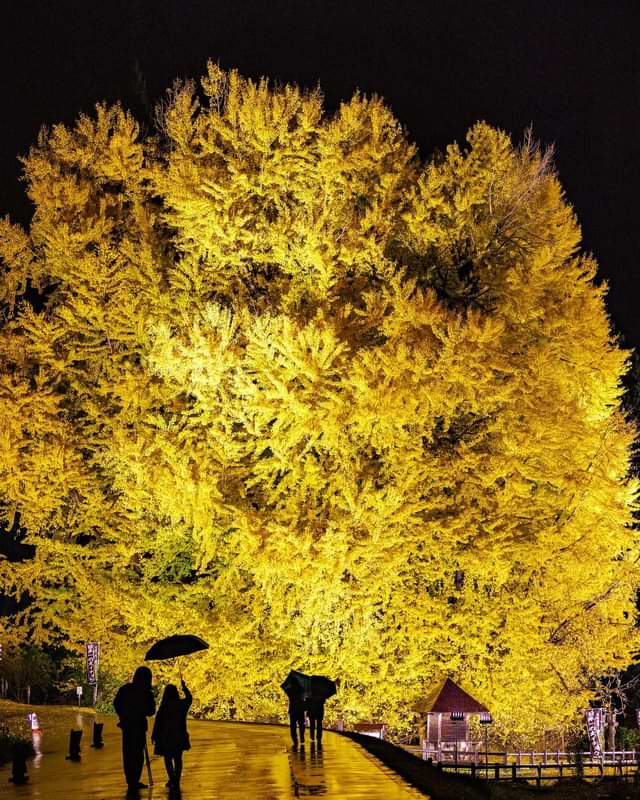
Day 2 - Aomori & Sendai
8:00 ~ 11:30 Aomori
Using the Gonō and Ōu lines, from Goshogawara station, you will arrive at Aomori station (1 h 30 min) to visit this large port city.
Near the station, you will find the Nebuta-no-ie “WA RASSE”, the Nebuta float museum, where, like the Tachi-neputa in Goshogawara, the floats used in the mid-August festival are displayed. Unlike the Tachi-neputa seen the previous day, these floats are wide rather than tall.
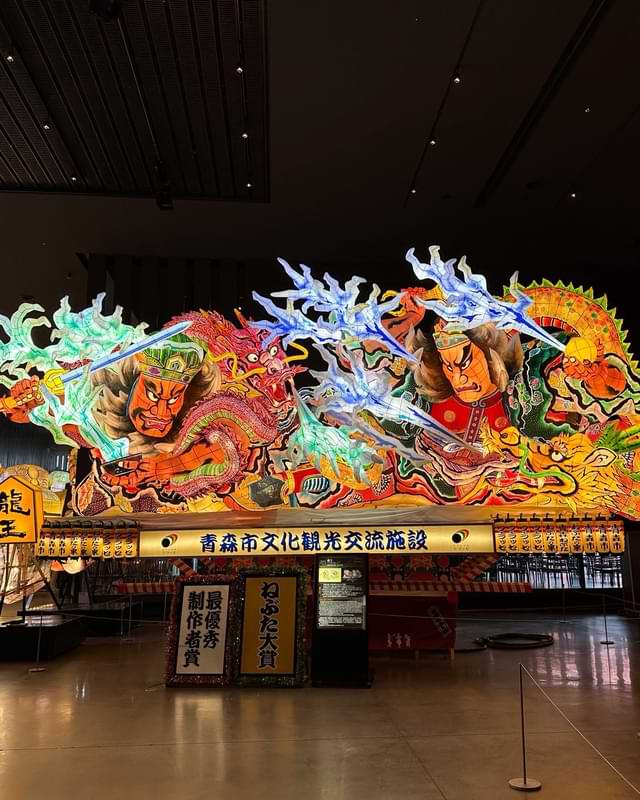
After visiting the museum, about 400 meters south, you will find the fish market, the Aomori Gyosai Sentā, where fresh fish arrives from the coast every morning. At this market, you can try the Aomori Nokke-don, a rice bowl covered with all the ingredients you desire.
To compose your own meal, you need to purchase tickets at the market’s information point and exchange them for your preferred ingredients at the over 30 food stands in the market! For more information about this culinary experience, you can visit the official website.
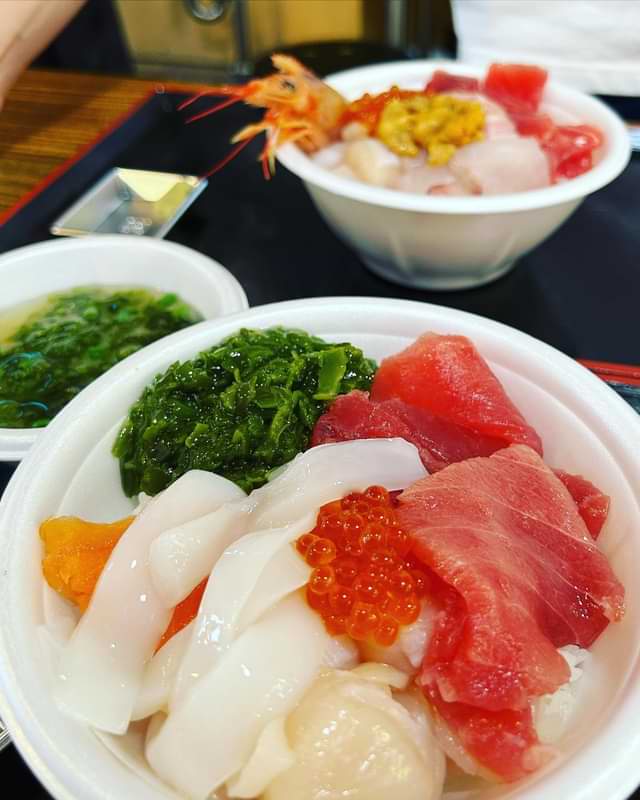
11:30 ~ 21:30 Sendai
From Aomori station, take the Ōu line for one stop to Shin-Aomori station. Once there, change to the Tōhoku Shinkansen line and travel to Sendai station (2 h 30 min).
After checking in at your hotel, take a taxi to Zuihōden, the mausoleum of the greatest feudal lord in the Tōhoku region, Date Masamune. The complex is surrounded by nature, and inside, there are Momoyama-style buildings where the remains of the most powerful feudal lords of the Date clan are preserved.
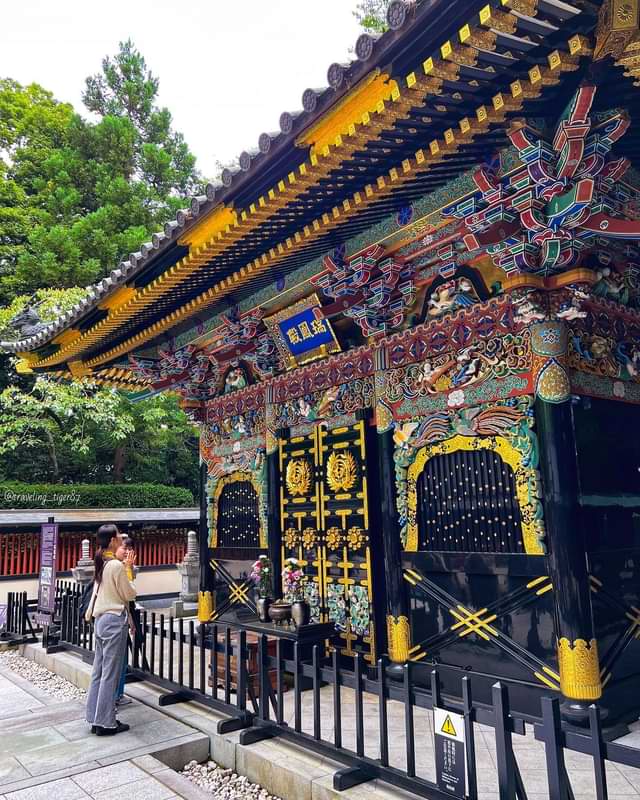
After the visit, you will have most of the afternoon free to explore the city or go shopping. Since this is an autumn itinerary, if you want to see two ancient trees in the city, we propose two alternatives:
- The thousand-year-old ginkgo tree at Miyagino Hachiman-jinja Shrine;
- The 400-year-old maple tree at Kamo-jinja Shrine.
The ginkgo tree is easily accessible by returning to Sendai Central Station and taking the Senseki Line to Miyaginohara Station (5 min). From the station, walk 300 meters north to reach Miyagino Hachiman-jinja Shrine.
If, on the other hand, you prefer to admire one of the rare centuries-old iroha-momiji maple trees, you should take a taxi to Itsutsubashi Metro Station and take the Nanboku Line to Izumi-chūō Terminal (20 min, not included in the JR Pass). From there, take a taxi or a bus to reach Kamo-jinja Shrine (15 min).
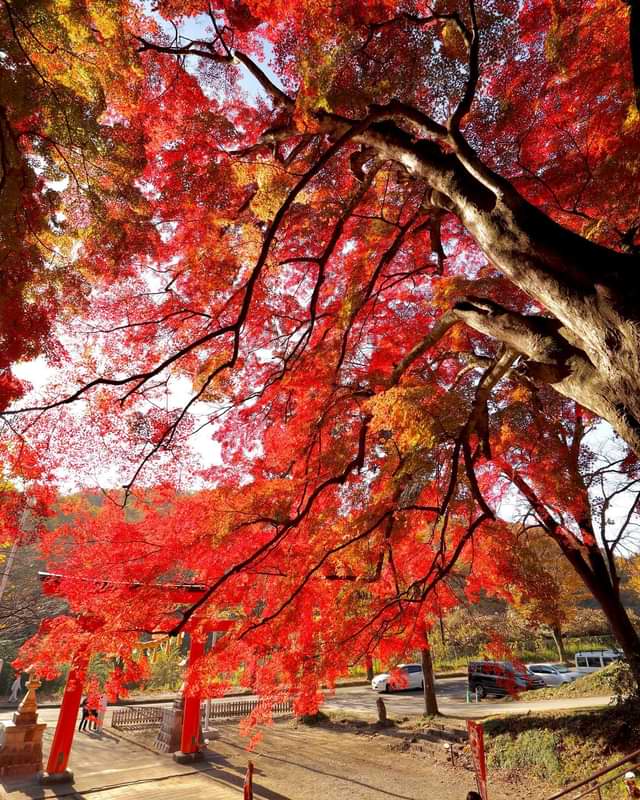
To finish the day, you can try the local delicacies of the city, such as gyū-tan, the prized tongue of local cattle, hiyashi-chūka, cold Chinese-style noodles served with various toppings and soy-sesame sauce, or zunda-mochi, a sweet made from rice paste and edamame green beans served in various ways.
Day 3 - Nikkō & Kanazawa
7:00 ~ 13:30 Nikkō
From Sendai station, take the Tōhoku Shinkansen to Utsunomiya station (1 h) and then change to the Nikkō line to reach the final destination, Nikkō station (1 h).
Start your stroll through the charming streets of this famous tourist destination nestled in the mountains north of Tokyo, and head towards the renowned Shin-kyō, the sacred bridge classified among the three most beautiful bridges in Japan.
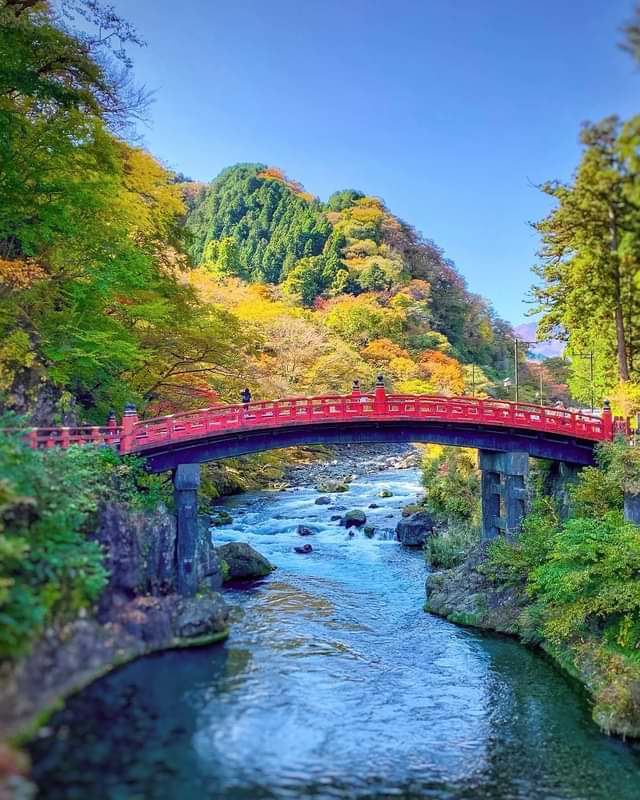
Continue your visit to the surrounding points of interest, most of which are shrines and temples immersed in the autumn colors. The main highlight is undoubtedly the Nikkō Tōshō-gū shrine complex, renowned throughout the country for being the final resting place of Tokugawa Ieyasu, the first shōgun of the Tokugawa clan, the longest-reigning shōgun dynasty.
Among the marvelous buildings within the complex, you’ll find the striking red five-story pagoda called Gojū-no-tō, the incredibly decorated Yōmei-mon gate, and the equally finely adorned Kara-mon gate.
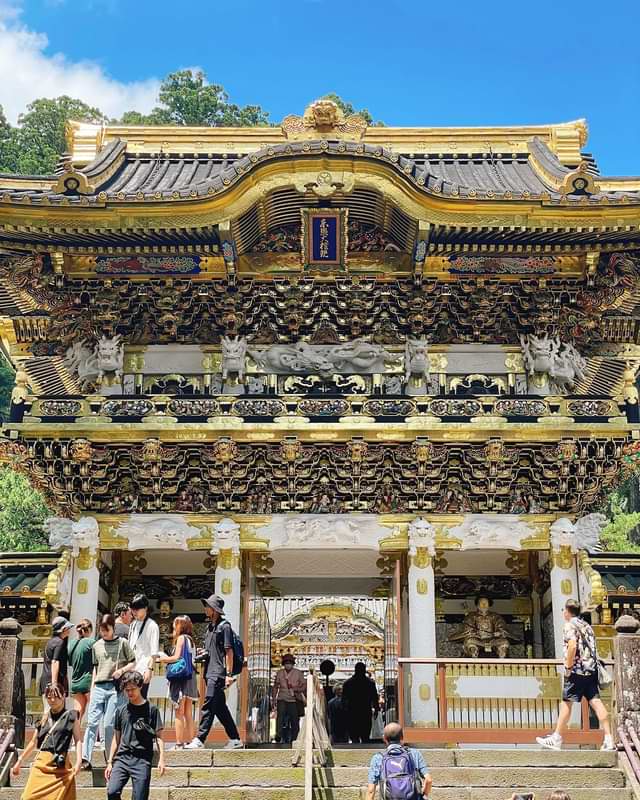
Once you have completed your visit to the area, although you could explore areas beyond Nikkō by car, it’s time to head back towards the station. Along the main road, you’ll find many restaurants where you can try one of Nikkō’s famous delicacies, yuba, which is the skin of tōfu.
With this ingredient, various delicious dishes are created, including the delightful yuba-maki served in various kaiseki traditional cuisine menus.
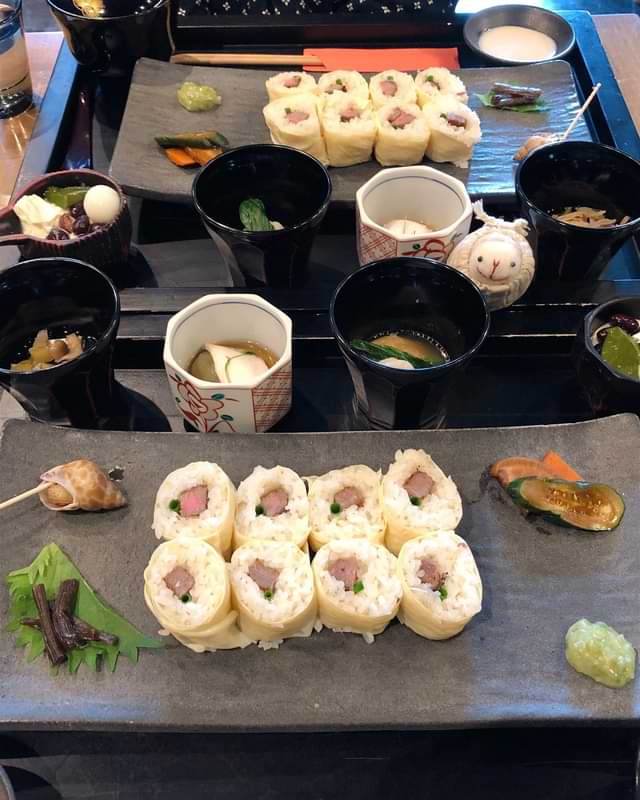
13:30 ~ 21:00 Kanazawa
Once you arrive at Nikkō station, take the Nikkō line again to Utsunomiya (1 hour), then the Tōhoku Shinkansen (or the Yamagata Shinkansen which follows the same route) to Ōmiya station (30 minutes), and finally transfer to the Hokuriku Shinkansen until the last stop, Kanazawa station (2 hours and 30 minutes).
Upon arriving in the city in the late afternoon, quickly check-in at your hotel and make your way (preferably by taxi) to the famous Kenroku-en Garden, which should now have both evening illuminations and yukitsuri, the rope and bamboo supports used to protect the branches of the ancient pine trees from heavy snow.
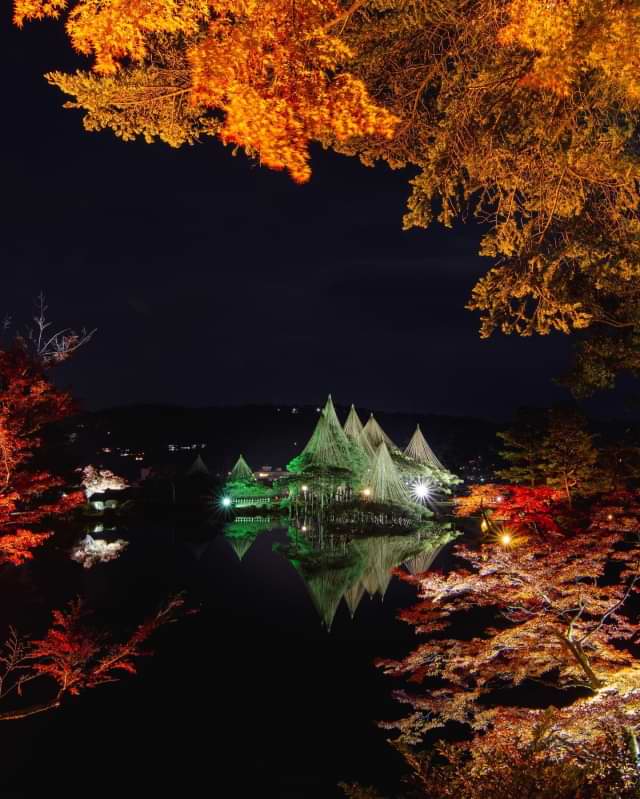
Day 4 - Shirakawa-gō e Takayama
8:00 ~ 14:00 Shirakawa-gō
Intorno alle 8:00 prendete il bus nel piazzale della stazione di Kanazawa diretto al villaggio Shirakawa-gō (1h 30min, non incluso nel JR Pass), famoso per essere situato tra le montagne e caratterizzato dalle case in stile tradizionale gasshō-zukuri.
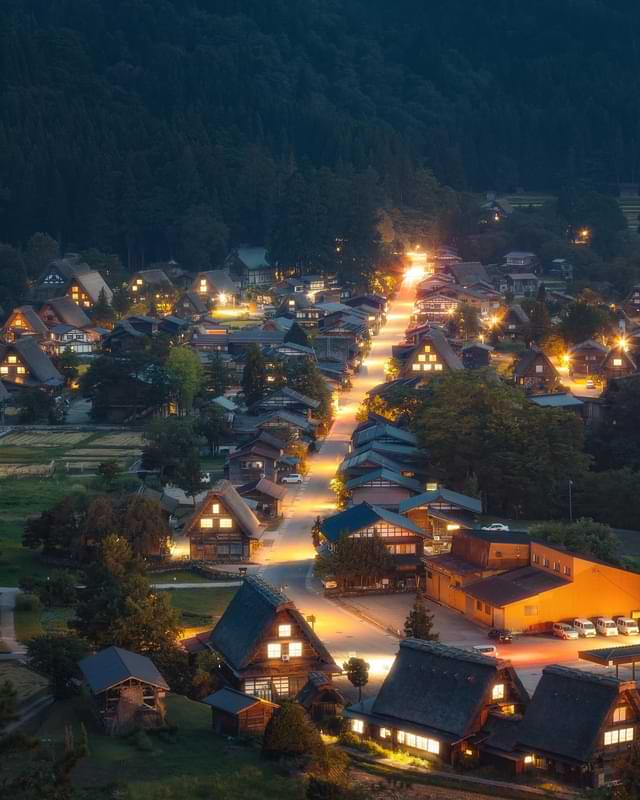
Visitate il villaggio durante la mattinata, entrate in una delle due grandi case tradizionali visitabili, la casa Wada e la casa Kanda, comprate qualche souvenir a tema di paglia intrecciata nei vari nevozi e non dimenticatevi di risalire la via per l’osservatorio per scattare qualche foto ricordo. Infine, dopo aver attraversato il fiume sul lungo ponte sospeso, pranzate con la deliziosa soba locale servita in piatti freddi o zuppe calde.
Dopo pranzo, tornate alla stazione dei bus di Shirakawa-gō per prendere il bus diretto a Takayama (1 h, non incluso nel JR Pass) e rilassatevi durante questo ennesimo percorso immerso nei colori della natura autunnale.
14:00 ~ 21:00 Takayama
Una volta effettuato il check-in presso il vostro hotel, prima di esplorare la parte vecchia della città prendetevi del tempo per ammirare il meraviglioso ginkgo di oltre 1200 anni presso il tempio Hida Kokubun-ji (il tempio chiude alle 16:00).
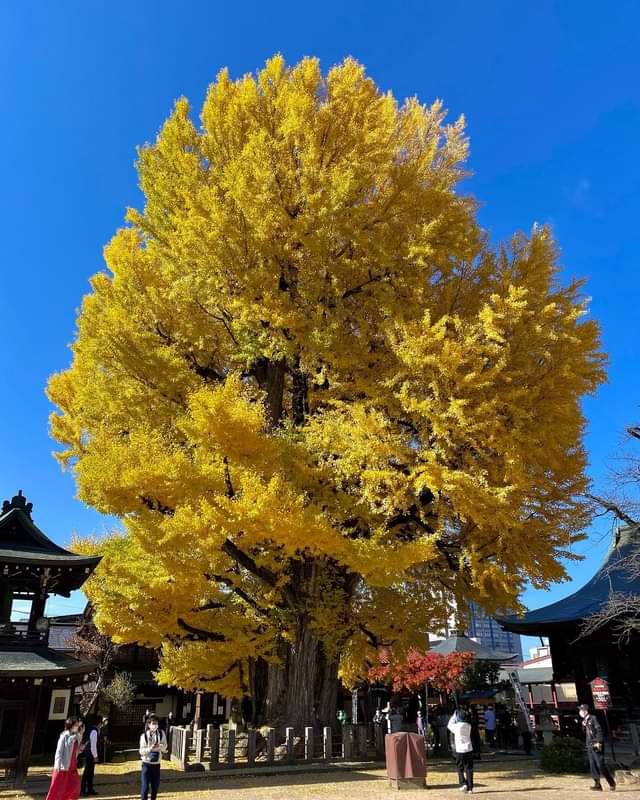
Continuate quindi la visita pomeridiana di questa meravigliosa città dirigendovi ad est ed oltrepassando il fiume Miya-gawa: qui è presente il quartiere Sanmachi-Suji, dove case e negozi mantengono ancora l’aspetto di secoli fa, strutture di due piani interamente in legno.
Takayama è famosa per l’artigianato in legno e ceramica, oltre che per le sue distillerie di sakè, e in quest’area troverete numerosi negozi in cui comprare dei ricordi tipici.
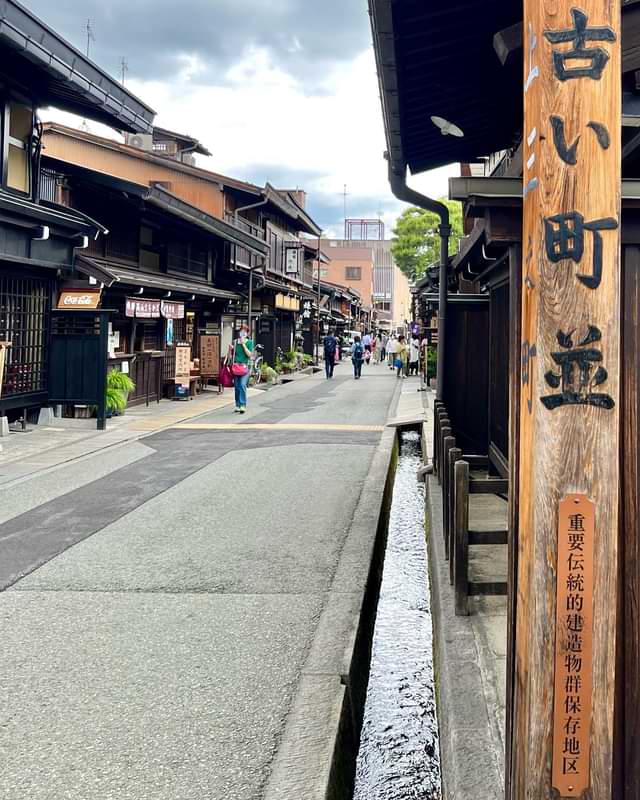
Per la sera vi consigliamo di provare il manzo di Hida, un tipo di bovino allevato nell’omonima regione in cui è situata Takayama, che viene servito in vari modi, ma il più caratteristico è l’Hōba-miso, ovvero sopra una foglia di magnolia disposta su un piccolo braciere e circondato da verdure e funghi.
Day 5 - Takayama, Gero Onsen & Nagashima
8:00 ~ 10:00 Takayama
Inoltrandovi nuovamente nell’area est di Takayama e spingendovi ancora più a est, arriverete alla celebre “Passeggiata di Higashiyama“, un percorso tra santuari e templi immerso nel verde o, più correttamente per questo periodo, immerso nel rosso degli aceri.
Qualora foste intenzionati a percorrere tutto il percorso da inizio a fine, questo mini pellegrinaggio inizia presso il santuario Higashiyama Hakusan-jinja e prosegue verso sud costeggiando il piccolo fiume Enako-gawa.
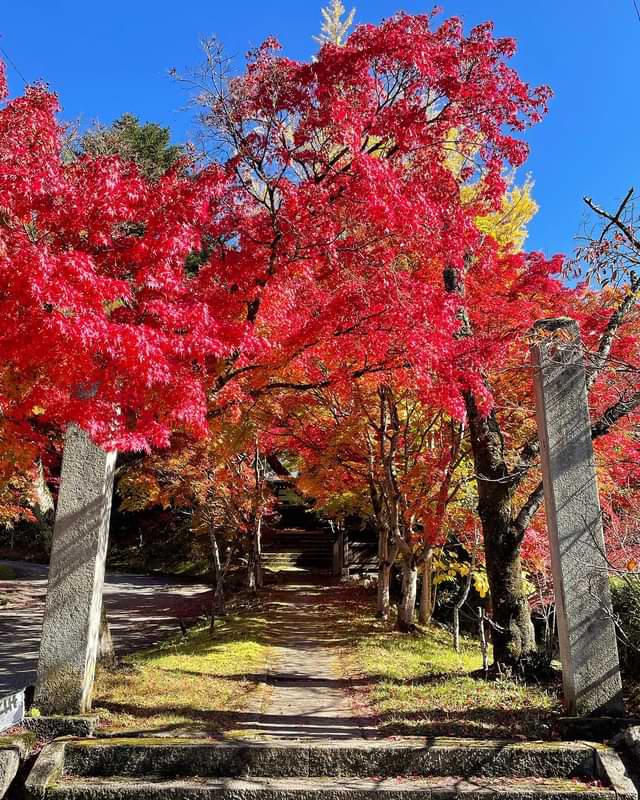
10:00 ~ 15:00 Gero Onsen
Dalla stazione di Takayama prendete il treno della linea Hida (o Takayama Main Line che percorre la stessa tratta) fino a raggiungere la stazione di Gero (1 h).
Gero Onsen è una graziosa cittadina termale ricca di ryokan e bagni termali che si sviluppa lungo un piccolo torrente. Per la visita vi consigliamo di scegliere un bagno termale, il Kuagāden rotenburo ad esempio, e prendervi del tempo per rilassarvi nelle acque terapeutiche del luogo. È inoltre presente una vasca gratuita per pediluvio lungo il fiume Hida-gawa.
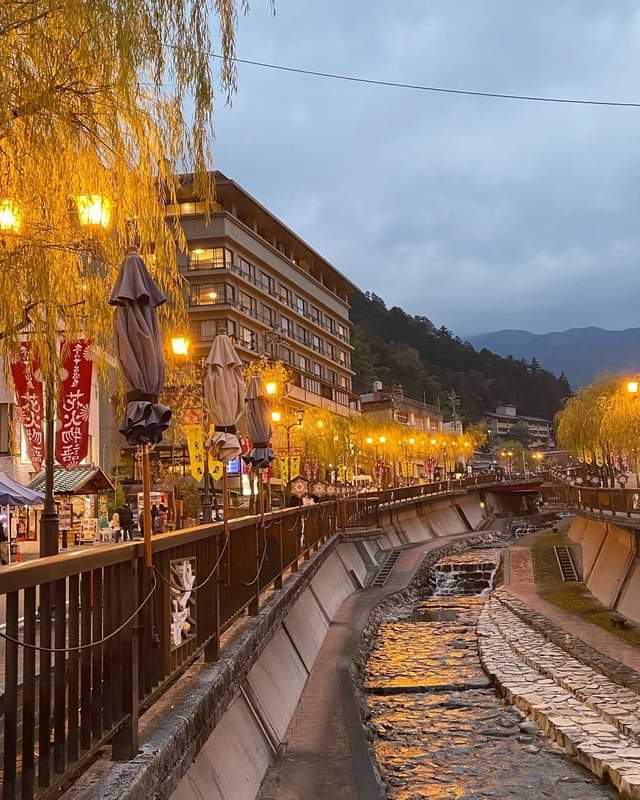
15:00 ~ 21:00 Nagashima
Tornando alla stazione di Gero, prendete nuovamente la linea Hida fino alla stazione di Nagoya (1 h 30 min) ed effettuate il check-in presso un hotel molto vicino alla stazione. Una volta lasciati i bagagli, tornate in stazione e prendete la linea Kansai Main Line fino a raggiungere la stazione di Nagashima (30 min).
Da qui, ad intervalli regolari, partono bus (10 min, non incluso nel JR Pass) diretti al parco floreale Nabana-no-sato che, da ottobre a marzo, ospita installazioni di milioni di led che cambiano tema ogni anno.
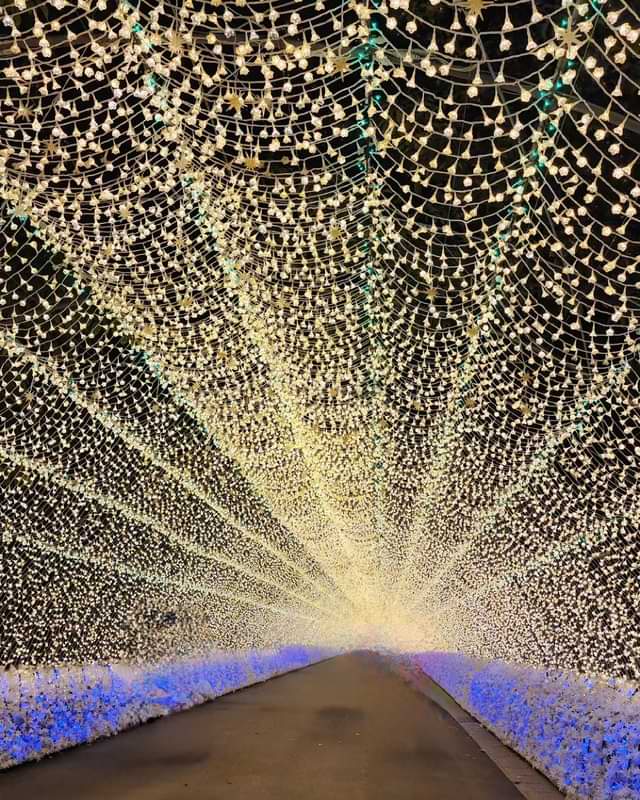
All’interno del parco sono presenti anche negozi di souvenir e ristoranti in cui cenare. Conclusa la visita al parco, tornate in stazione tramite il bus e poi a Nagoya con la stessa linea presa all’andata ma in direzione opposta.
Day 6 - Kyōto
8:00 ~ 21:00 Kyōto
Dalla stazione di Nagoya, prendete la linea ad alta velocità Tōkaidō Shinkansen fino alla stazione di Kyōto (1 h 30 min) e lasciate i vostri bagagli presso i locker della stazione oppure presso l’hotel in cui effettuerete il check-in più tardi.
Dalla stazione di Kyōto prendete poi la linea Tōkaidō-San’yō fino a raggiungere la stazione Mukōmachi (15 min) e da lì un taxi per il tempio Kōmyō-ji, uno dei più rinomati della città per i suoi colori autunnali.
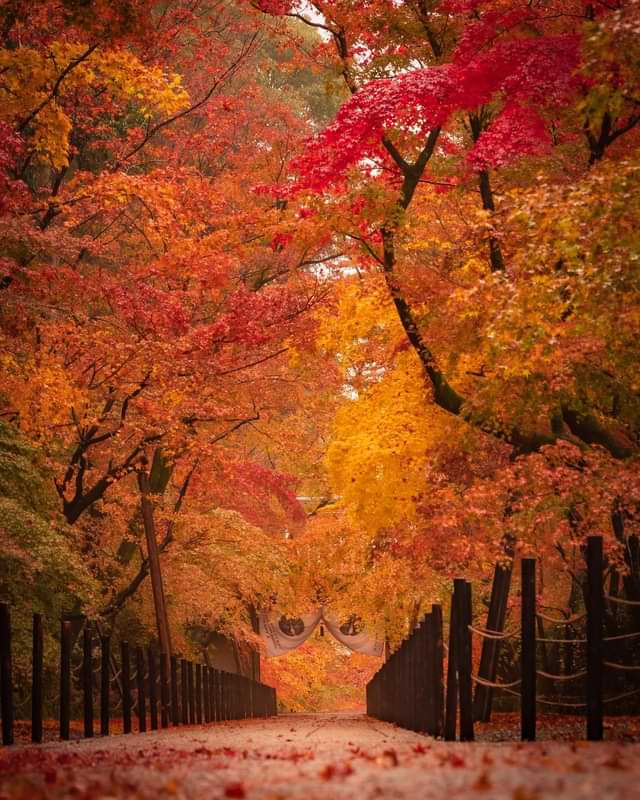
Una volta terminata la visita di questo tempio immerso nel rosso, prendete un taxi e fatevi portare questa volta alla stazione Nishi-Mukō per prendere la linea Hankyū-Kyōto fino alla fermata Karasuma (30 min, non incluso nel JR Pass).
Inoltratevi nella parallela a nord e vi ritroverete nel mercato all’aperto più celebre della città, il Nishiki-ichiba, con cibi esotici, souvenir, negozi di artigianato e molto altro ancora, il tutto sotto la tipica arcata in vetro che assicura passeggiate piacevoli anche durante i giorni di pioggia.
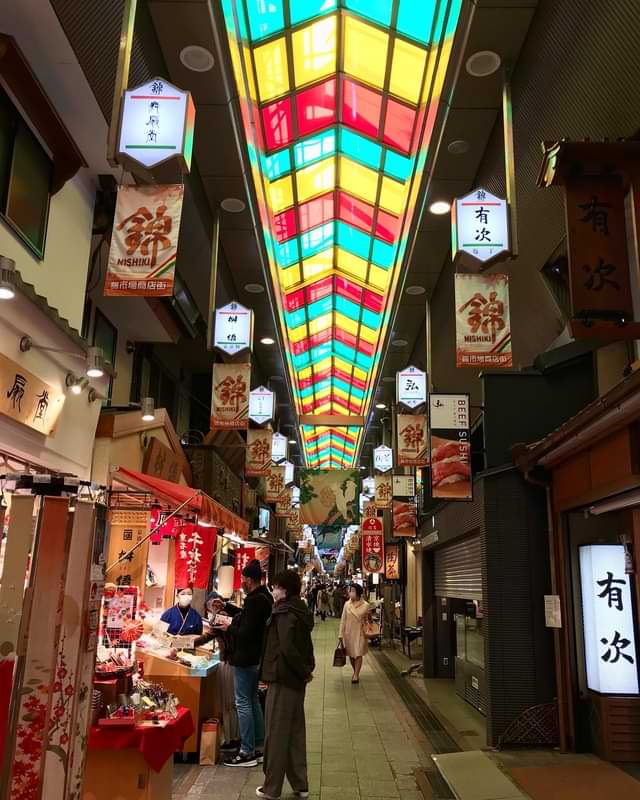
Nel caso non ve la sentiste di pranzare con lo street food del mercato, nelle vie limitrofe si trovano centinaia di ristoranti in cui potrete mangiare sia pasti tradizionali che più veloci e commerciali.
Quando volete potete poi dirigervi verso la stazione Gion-Shijō per prendere la linea Keihan Main Line in direzione nord, fino alla stazione Demachiyanagi (10 min, non inclusa nel JR Pass) e poi cambiare con la linea Eizan Main Line per raggiungere il capolinea Yase-Hieizanguchi (20 min, non inclusa nel JR Pass).
Qui si trova un altro meraviglioso tempio il cui biglietto di ingresso va prenotato giorni in anticipo ed il cui accesso è possibile fino alle 16:00 circa, il Rurikō-in dalla celebre sala in cui si specchia la natura circostante.
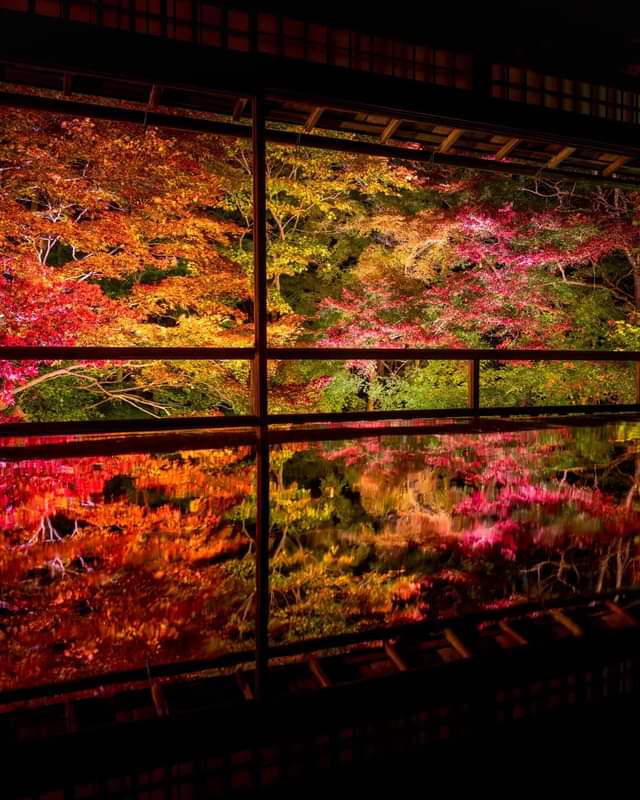
Conclusa la visita al tempio, tornate a sud utilizzando nuovamente le due linee dell’andata per tornare alla stazione Gion-Shijō nei cui pressi è situato il quartiere antico più famoso del Giappone, Gion.
Le strutture di quest’area sono tutte rigorosamente in legno di massimo due piani, e molte di queste sono utilizzate per le cene in cui geiko e maiko intrattengono i clienti con performance di arti tradizionali quali danze, poesie, canti e shamisen. Al calare della sera, quando le luci iniziano ad accendersi per le vie creando atmosfere meravigliose, è facile imbattersi in queste artiste mentre si dirigono nei rispettivi locali.
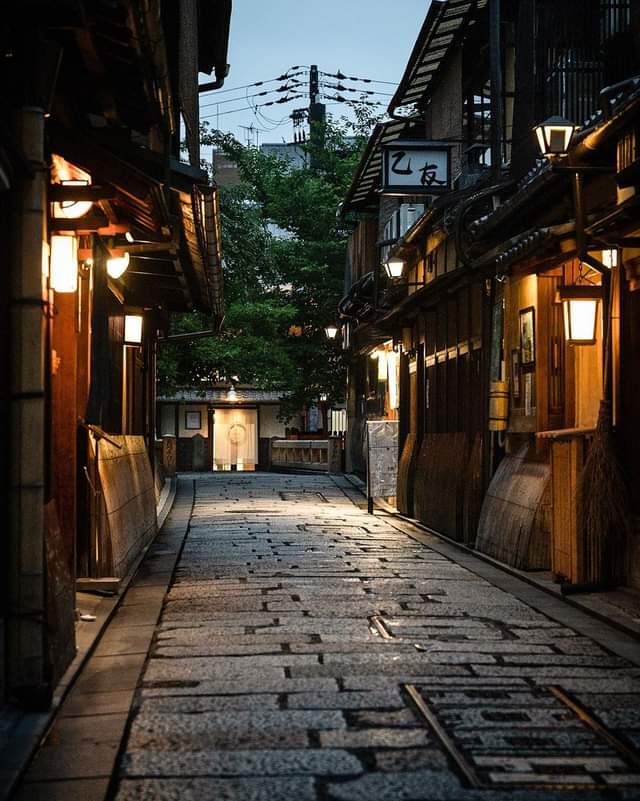
Per finire la serata, vi consigliamo di rientrare in taxi alla stazione di Kyōto dove potete scegliere dove cenare tra le centinaia di ristoranti negli oltre 10 centri commerciali sotto, dentro e sopra la stazione stessa.
Autumn in Japan: days 7 ~ 12
Day 7 - Kyōto
8:00 ~ 21:00 Kyōto
Dalla stazione di Kyōto prendete la linea San’in fino ad arrivare alla stazione di Kameoka (30 min) per provare un’attività immersi nella natura: il rafting sul fiume Hozu-gawa, Hozu-gawa kudari in giapponese.
Questa navigazione sul fiume vi trasporterà nella vallata di Arashiyama, due versanti immersi nei colori del foliage autunnale. Alcuni punti del percorso sono un pò movimentati, soprattutto quando il fiume è più grosso del solito, quindi pianificate bene cosa portarvi dietro se avete timore di bagnarvi.
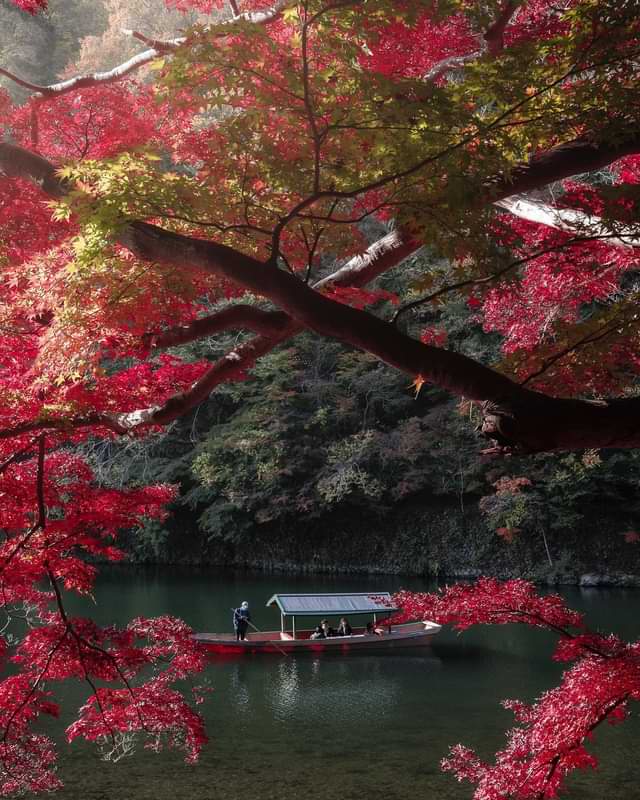
Il rafting in canoa dura circa due ore ed alla fine della traversata arriverete nel cuore di Arashiyama, un’area ricca di templi in cui gli aceri la fanno da padroni in questa stagione. Il principale di questi è sicuramente l’Hōgon-in, molto vicino anche al luogo di arrivo dell’imbarcazione il che lo rende un’ottima meta da visitare.
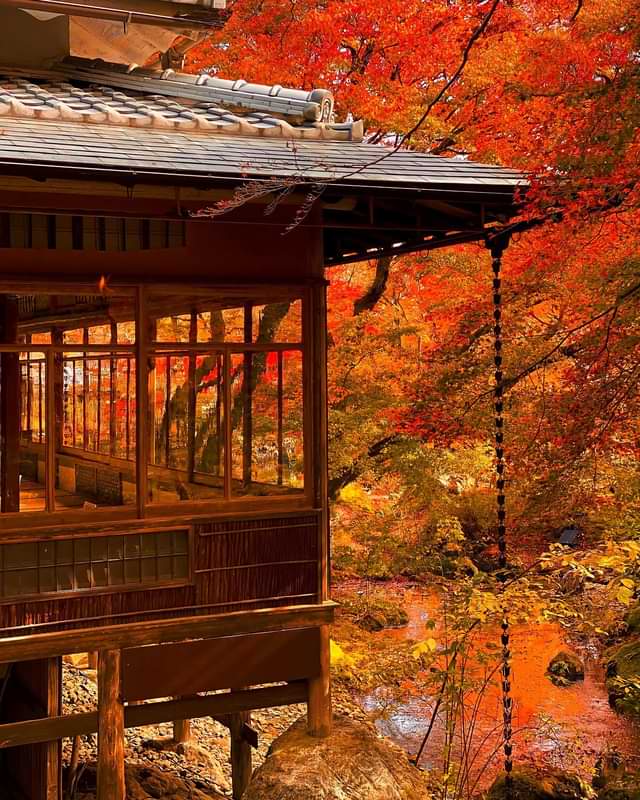
Procedendo verso nord ce ne sono molti altri, come il Giō-ji e il Jōjakkō-ji solo a nominarne due, ma se invece preferite cambiare colore e voleste immergervi nel verde dei bambù della foresta più famosa del Giappone, la foresta di bambù di Arashiyama è qui per questo.
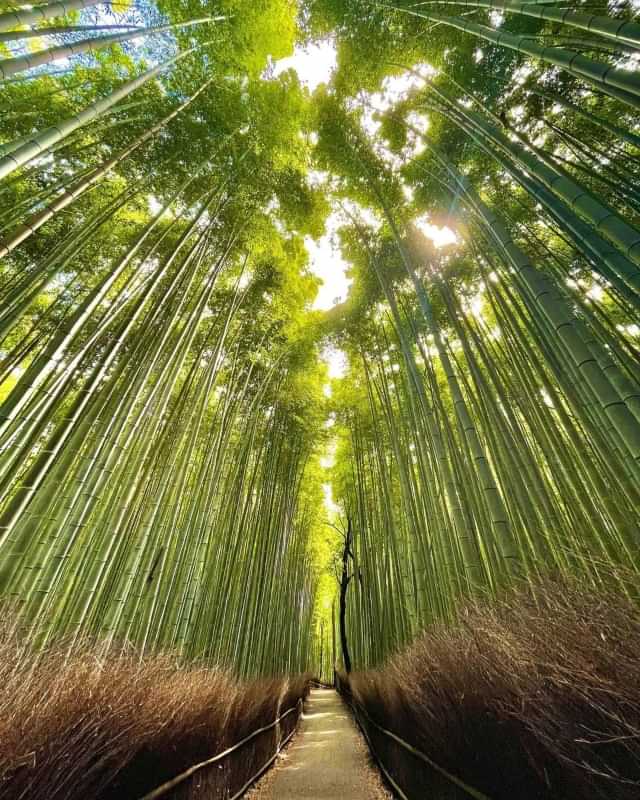
Per tornare nel centro città, dirigetevi alla stazione Saga-Arashiyama e prendete nuovamente la linea San’in fino alla stazione di Kyōto (30 min) dove potete pranzare prima di rimettervi in marcia.
La prossima meta è il famosissimo tempio che domina l’antica capitale dall’alto, il Kiyomizu-dera. Per raggiungerlo è possibile farlo tramite i bus cittadini ma, se avete timore di perdervi tra la miriade di bus della città, vi consigliamo di prendere un taxi.
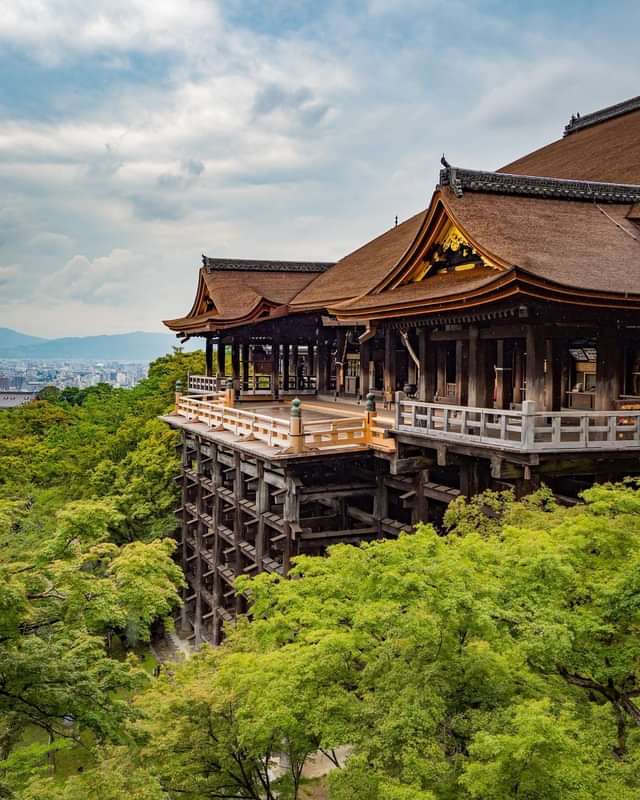
Questo tempio offre viste meravigliose in tutte le stagioni, sia in primavera con le decine di alberi di ciliegio che in autunno con gli aceri secolari che contornano l’alta terrazza in legno. Il tempio comprende numerosi punti di interesse minori nel suo complesso, quindi la visita vi porterà via del tempo. Inoltre, al calare del sole, numerose luci vengono accese alla base degli aceri a creare un effetto di light-up.
Una volta terminata la visita, tornate nuovamente sulla via principale dove potete prendere un secondo taxi diretti a nord, l’ultimo tempio del giorno che, ogni autunno, tiene aperti i propri giardini fino a sera grazie ad illuminazioni suggestive, l’Eikan-dō Zenrin-ji.
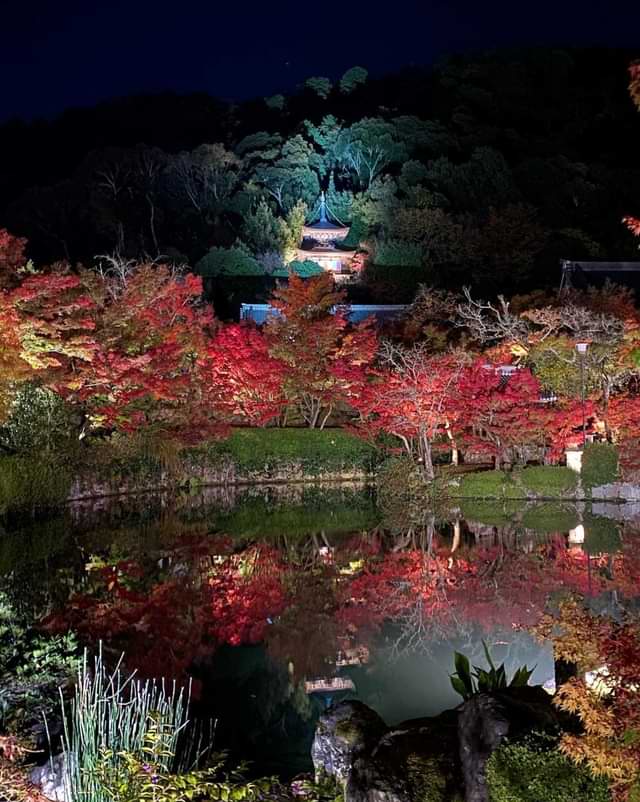
Day 8 - Kyōto & Himeji
Day 9 - Hiroshima & Miyajima
Day 10 - Iwakuni & Yamaguchi
Day 11 - Kumamoto
Day 12 - Dazaifu & Fukuoka
That’s it for this 10 days travel itinerary for your first time in Japan, don’t forget to share your impression with us on Instagram, Twitter and Facebook! If you want to see different places with respect to our schedule, you have to replace something because time is limited and we used at its most in this travel.
* as an affiliate of Trip.com, Expedia.com, Jrpass.com and Ninjawifi.com, we receive a small fee when you buy something on these websites using our links, obviously without any additional cost to you.
Share this blog post on your favorite social network


